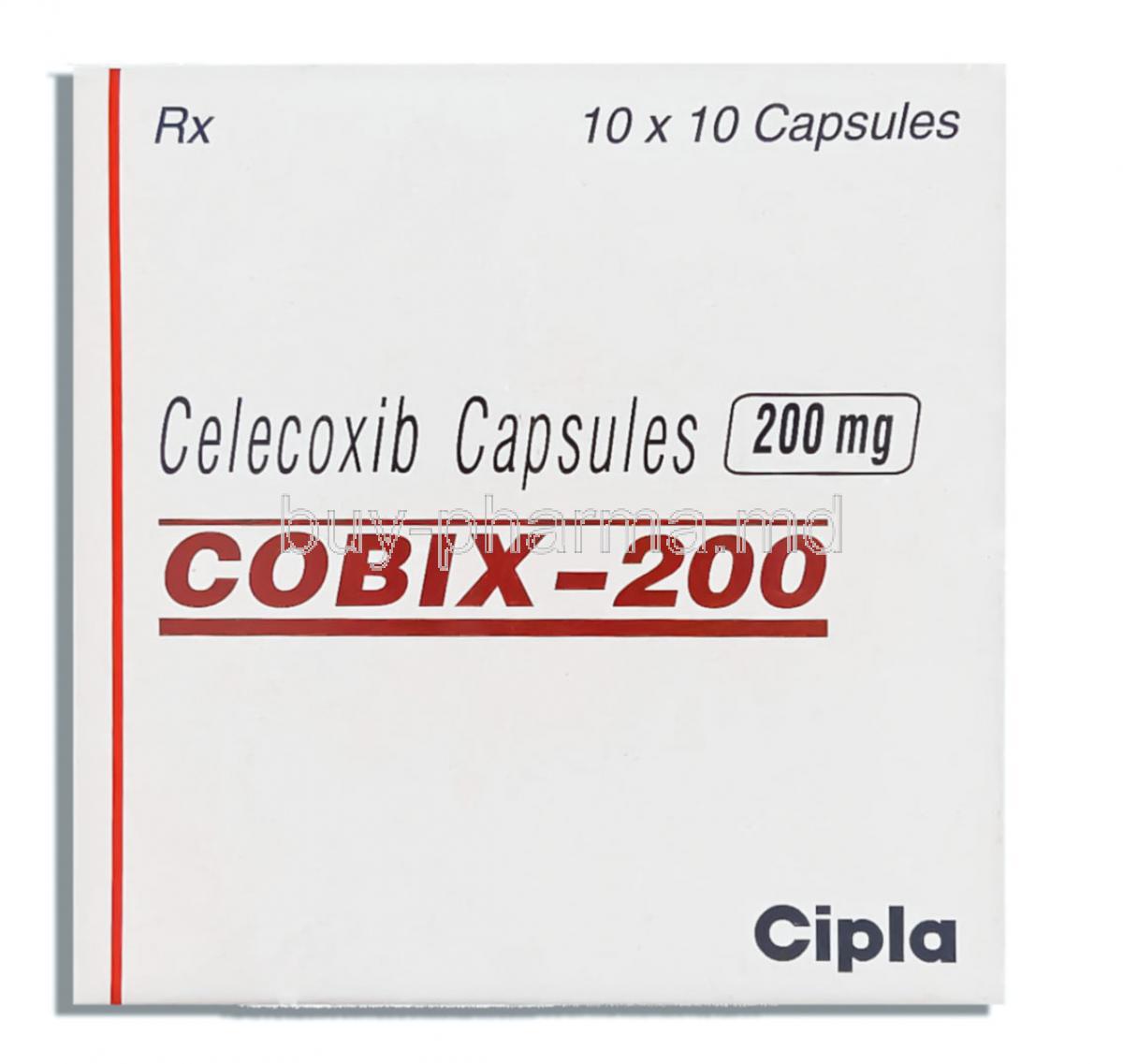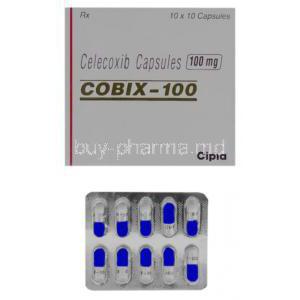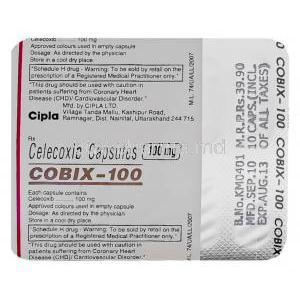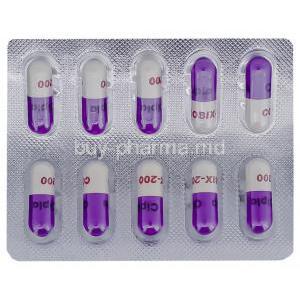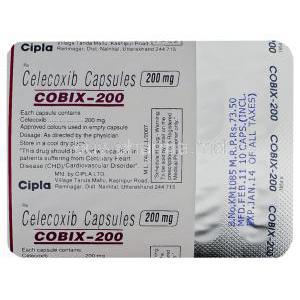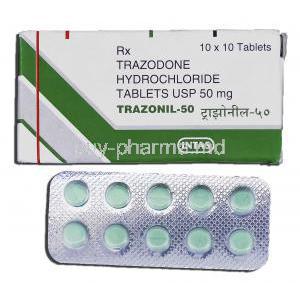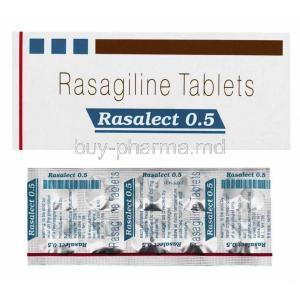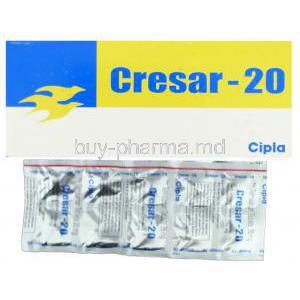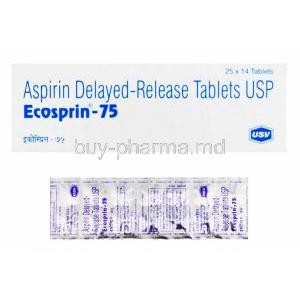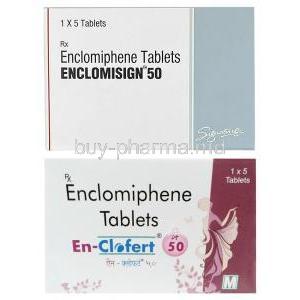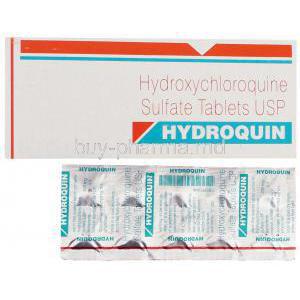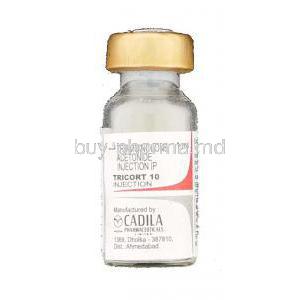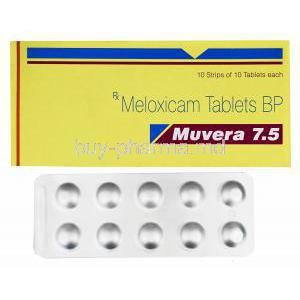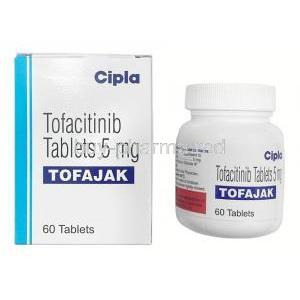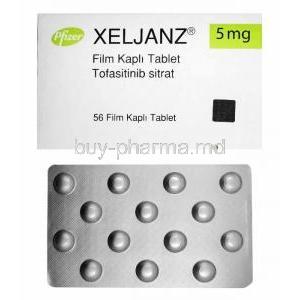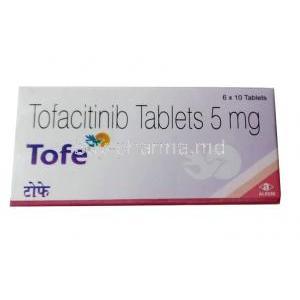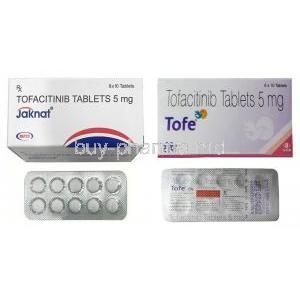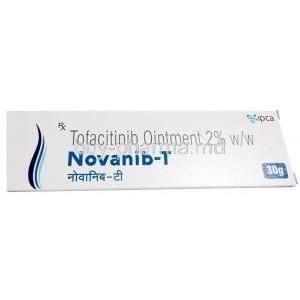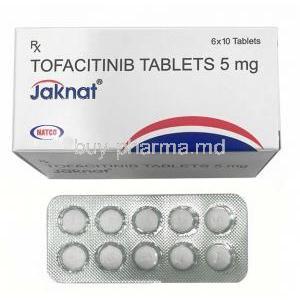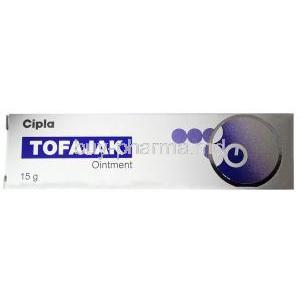Introduction to Cobix (Celecoxib)
Cobix is a prescription medication classified as a selective cyclooxygenase-2 (COX-2) inhibitor, belonging to the broader family of nonsteroidal anti-inflammatory drugs (NSAIDs). It is primarily indicated for the management of pain and inflammation in a variety of musculoskeletal and joint disorders. Celecoxib, the active pharmaceutical ingredient in Cobix, is distinguished from traditional NSAIDs by its preferential inhibition of the COX-2 enzyme, which plays a key role in mediating inflammatory processes while sparing the COX-1 enzyme that protects gastric mucosa.
Originally developed in the late 1990s, celecoxib received approval from the U.S. Food and Drug Administration (FDA) in 1998. Its introduction marked a pivotal advancement in anti-inflammatory therapy, offering comparable analgesic and anti-inflammatory benefits to older NSAIDs, but with a lower incidence of certain gastrointestinal side effects. Over the years, it has become an essential therapeutic option in both acute and chronic pain management protocols.
Composition and Formulation
The active ingredient in Cobix is celecoxib, a diaryl-substituted pyrazole compound designed for selective COX-2 inhibition. It is formulated into oral capsules in a range of strengths, most commonly 100 mg and 200 mg, allowing for dosage flexibility based on the clinical indication and patient profile.
Inactive excipients may include lactose monohydrate, croscarmellose sodium, povidone, magnesium stearate, and capsule shell components such as gelatin and titanium dioxide. These excipients assist in stability, bioavailability, and ease of administration. Cobix is marketed in several regions under its brand name, as well as in multiple generic equivalents available worldwide.
Mechanism of Action – How Cobix Works
The COX-2 enzyme is upregulated in response to pro-inflammatory stimuli, catalyzing the conversion of arachidonic acid into pro-inflammatory prostaglandins. These prostaglandins contribute to swelling, pain sensitization, and fever. Cobix exerts its therapeutic action by selectively binding to and inhibiting COX-2, thereby reducing prostaglandin production at sites of inflammation.
This selectivity offers an advantage over non-selective NSAIDs, which inhibit both COX-1 and COX-2, often leading to gastrointestinal mucosal injury. The pharmacokinetic profile of celecoxib features rapid absorption following oral administration, hepatic metabolism primarily via the cytochrome P450 enzyme CYP2C9, and elimination through both fecal and urinary routes.
Approved Medical Uses of Cobix
- Osteoarthritis: Reduces pain, stiffness, and joint swelling, improving mobility and quality of life.
- Rheumatoid arthritis: Mitigates joint inflammation and tenderness in an autoimmune setting.
- Ankylosing spondylitis: Controls spinal inflammation and associated discomfort.
- Acute pain in adults: Provides short-term relief following surgery, injury, or acute musculoskeletal strain.
- Primary dysmenorrhea: Alleviates menstrual cramps by reducing uterine prostaglandin synthesis.
Off-Label and Investigational Uses
- Colorectal adenoma prevention: Reduces polyp recurrence in individuals at high risk for colorectal cancer.
- Familial adenomatous polyposis (FAP): May decrease the number and size of polyps in the colon and rectum.
- Cancer-related pain syndromes: Potential adjunctive role in palliative care for pain control.
- Migraine prophylaxis: Under investigation for its ability to reduce inflammatory components of migraines.
- Neuroinflammatory disorders: Being studied for possible benefits in conditions such as multiple sclerosis.
Dosage and Administration Guidelines
Standard adult dosing varies with the condition being treated:
- Osteoarthritis: 200 mg once daily or 100 mg twice daily
- Rheumatoid arthritis: 100–200 mg twice daily
- Ankylosing spondylitis: 200 mg once daily or 100 mg twice daily
- Acute pain and dysmenorrhea: Initial 400 mg dose, followed by 200 mg if needed on day one; 200 mg twice daily thereafter
Elderly patients may require lower starting doses due to altered drug metabolism. Patients with hepatic or renal impairment should have dosage adjusted accordingly. Cobix can be taken with or without food, but food may delay absorption slightly without altering the extent.
Special Administration Considerations
Administration to Elderly Patients
Reduced metabolic clearance and increased sensitivity necessitate cautious dosing and monitoring for cardiovascular and gastrointestinal events.
Administration to Pregnant Women
Contraindicated during the third trimester due to the risk of premature closure of the fetal ductus arteriosus. Use in earlier trimesters only if the potential benefit outweighs the risk.
Administration to Nursing Mothers
Small amounts may be excreted in breast milk; avoid use or discontinue breastfeeding during treatment to prevent infant exposure.
Administration to Children
Approved for certain juvenile idiopathic arthritis cases in patients aged 2 years and above, with weight-based dosing to ensure safety and efficacy.
Side Effects of Cobix
Common Side Effects
- Dyspepsia, abdominal pain, diarrhea
- Headache, dizziness
- Upper respiratory tract infections
- Peripheral edema, mild skin rash
Serious Side Effects
- Increased risk of myocardial infarction and stroke
- Peptic ulceration, gastrointestinal bleeding, and perforation
- Severe cutaneous reactions such as Stevens–Johnson syndrome
- Hepatic dysfunction and renal impairment
Drug Interactions
- Anticoagulants and antiplatelets: Increased bleeding risk when combined with warfarin, aspirin, or similar agents.
- Antihypertensives: May reduce the efficacy of ACE inhibitors, ARBs, and diuretics.
- Other NSAIDs and corticosteroids: Higher likelihood of gastrointestinal injury.
- CYP2C9 inhibitors/inducers: Agents such as fluconazole (inhibitor) or rifampin (inducer) can alter celecoxib plasma levels.
Warnings and Important Precautions
Cobix (celecoxib) carries an FDA-mandated black box warning highlighting the increased risk of serious cardiovascular thrombotic events, including myocardial infarction and stroke, which can be fatal. The risk may rise with prolonged use and in individuals with pre-existing cardiovascular conditions.
In addition to cardiovascular risks, there is a significant potential for gastrointestinal (GI) complications such as bleeding, ulceration, and perforation of the stomach or intestines, which can occur without warning symptoms. These events may be life-threatening, particularly in elderly patients and those with a history of peptic ulcer disease.
- Cardiovascular disease: Exercise caution in patients with known heart disease or risk factors such as hypertension, hyperlipidemia, or diabetes.
- GI bleeding monitoring: High-risk individuals, especially those on anticoagulants or corticosteroids, require vigilant observation.
- Perioperative guidance: Avoid use before or after coronary artery bypass graft (CABG) surgery due to elevated cardiovascular event rates in this setting.
- Renal compromise: Maintain adequate hydration to mitigate the risk of renal decompensation in susceptible patients.
Contraindications
Cobix should not be used in patients with any of the following conditions due to the risk of severe or potentially fatal reactions:
- Known hypersensitivity to celecoxib, sulfonamide drugs, or any other NSAIDs.
- History of asthma, urticaria, or other allergic-type reactions precipitated by aspirin or NSAIDs.
- Active gastrointestinal bleeding or confirmed peptic ulcer disease.
- Severe hepatic impairment or advanced renal disease.
Careful Administration
Certain patient groups require heightened attention when initiating and maintaining celecoxib therapy:
- Mild-to-moderate hepatic or renal impairment: Use reduced doses and monitor for signs of toxicity.
- Fluid retention or heart failure: Monitor for edema and worsening cardiac function.
- Long-term NSAID therapy: Periodic assessment of renal, hepatic, and hematologic parameters is recommended.
- Postoperative settings: Avoid use in patients with high cardiovascular risk immediately following major surgery.
Overdose and Emergency Management
An overdose of celecoxib can lead to significant toxicity, and immediate medical evaluation is essential.
- Symptoms: Lethargy, drowsiness, nausea, vomiting, and potential gastrointestinal bleeding. Severe cases may involve hypertension, acute renal failure, or respiratory depression.
- Emergency care: Supportive management is the primary approach. Gastric decontamination with activated charcoal may be considered within a short time frame post-ingestion. Gastric lavage can be performed if clinically warranted.
- Monitoring: Continuous assessment of vital signs, renal function, and gastrointestinal status is essential until stabilization. Follow-up evaluation is advised to detect any delayed complications.
Handling and Storage Instructions
Proper handling and storage of Cobix are critical to maintaining its efficacy and safety.
- Temperature: Store at controlled room temperature, ideally between 20°C and 25°C (68°F to 77°F).
- Environmental protection: Keep away from excessive moisture, direct sunlight, and heat sources to prevent degradation.
- Safety: Ensure the medication is stored out of reach of children and pets to avoid accidental ingestion.
- Disposal: Dispose of expired or unused capsules in accordance with local pharmaceutical waste guidelines. Do not flush down sinks or toilets unless instructed.

